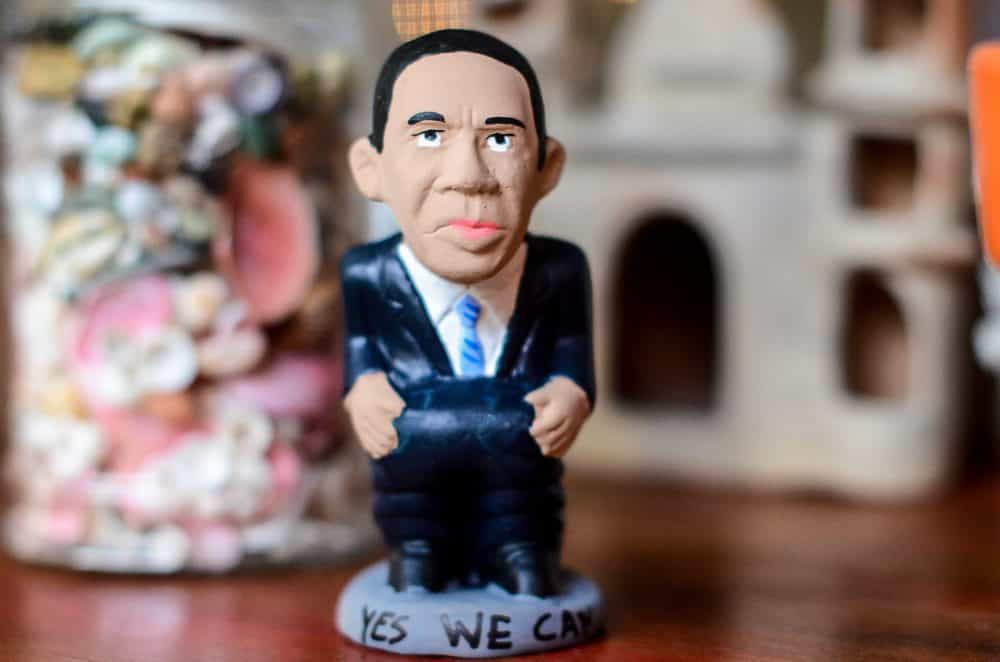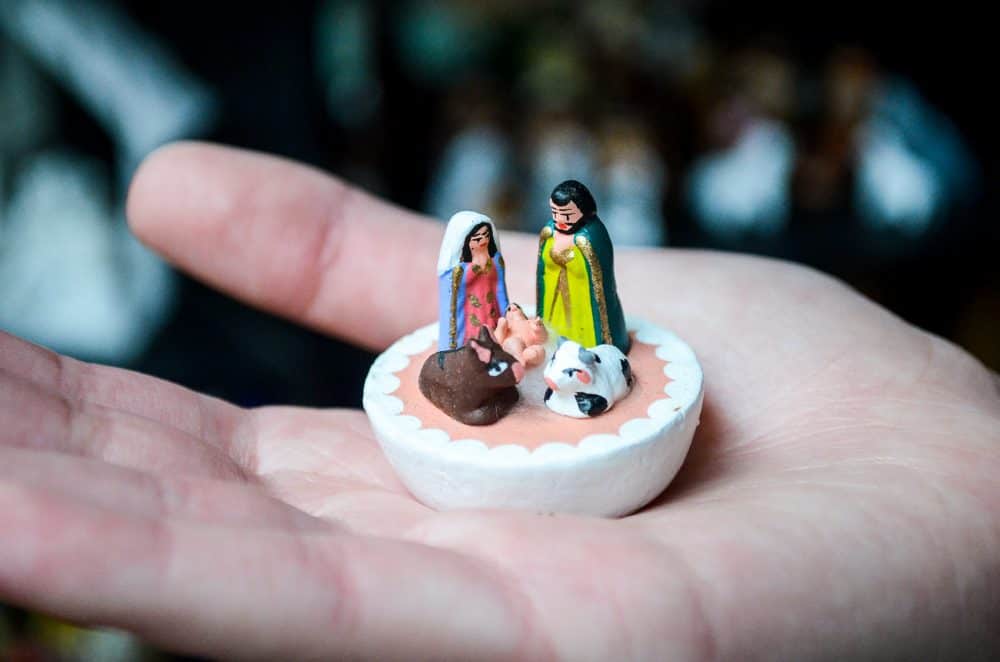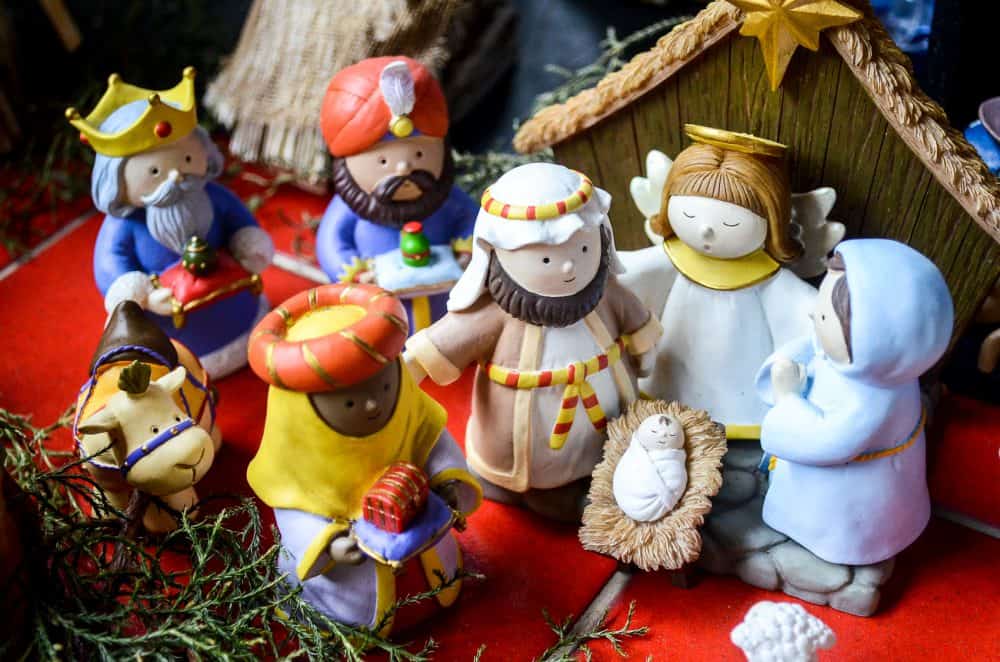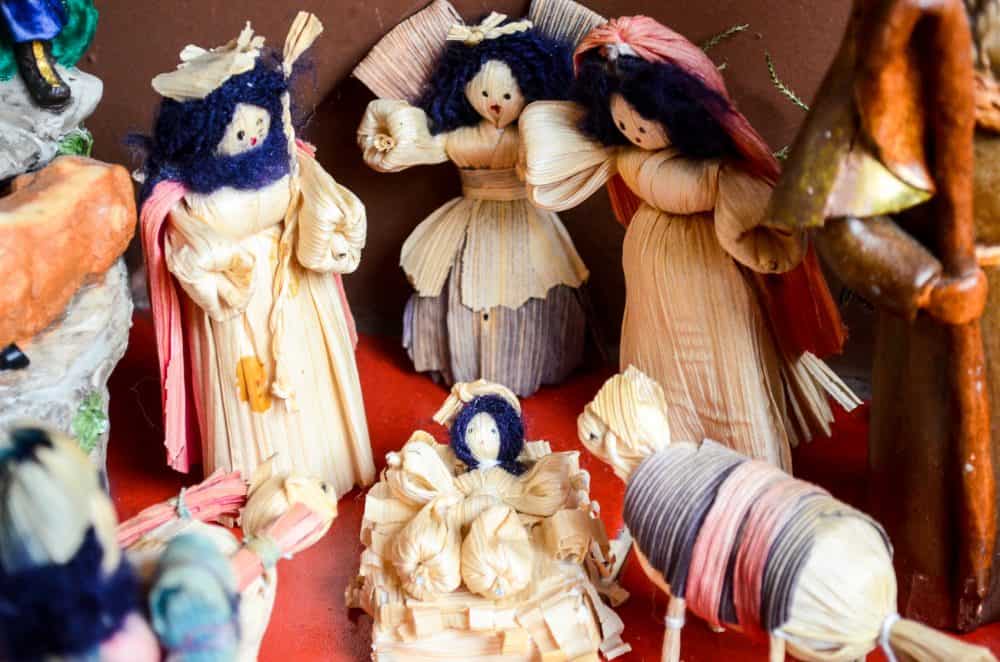At Christmas time in Costa Rica, Nativity scenes, or portales, come in all different shapes and sizes, with just as many variations in the way they are created. The scenes are a material representation of the birth of Jesus and the arrival of the Three Kings, or Wise Men. The Tico Times visited a woman who has a collection of 94 different nativity sets from countries all over the world.
A resident of the western San José neighborhood of Rohrmoser, she owns nativity scenes from countries throughout the Americas, as well as Ireland, Romania, Austria, Switzerland, Belgium, Georgia, Armenia and Spain – and Costa Rica, of course.
Each piece is unique, made from materials ranging from ceramics, clay and wood, to silver, pewter and glass. One of the Peruvian nativity sets has a tapir and a zaino instead of the common mule and ox. As Oreamuno’s interest in Nativity scenes became known among her family and friends, they began bringing her portales they picked up during their travels, or souvenirs that can fit into the portal she makes herself each year – because she is not just a collector, but also a creator. Her Nativity scene takes the viewer on a world tour.
It includes Canada, with moose and a Mountie; the United States, from sea to shining sea; Vietnam and Thailand, with a tuk tuk car and elephants; and Africa, with various wild animals.
The European standout is Spain, a section of the Nativity scene that features very peculiar figures named the Caganers. These clay figures are a Catalán tradition and feature a small character who is, as Spanish-speakers might guess, going to the bathroom. The traditional character is a farmer, but it now has been modernized, and famous people have been depicted into the shape of the Caganer (such as former U.S. President Barack Obama). People believe that it brings fertility to the land, and that it is a symbol of prosperity and good luck for the next year.
Another fascinating section of Oreamuno’s portal depicts Iceland, with some eerie characters known as the Yule Lads, criminal pranksters. The three Icelandic figures that are present in the portal are Gluggagægir, Bjúgnakrækir and Grýla. Gluggagægir, or the window-peeper, looks through windows searching things to steal.
Bjúgnakrækir, or the sausage-swiper, hides in order to steal the sausages that were being smoked. Grýla, the most awful of all, is a giantess who lives in the mountains of Iceland and whose story is told to scare children. Like Santa Claus, she knows when children have been misbehaving – but unlike Santa, her response to naughty children is to devour them. She is carrying a sack full of children she plans to eat.
In the Costa Rican section of the portal, the beloved national football team “La Sele” is playing a match. You can also see Arenal Volcano and one of the most significant symbols in Costa Rica, two Nigüentas – little girls taking out niguas or parasites from their feet. This figure is considered a lucky charm for Costa Ricans and are placed in the portal to bring well-being for the entire family.
Traditions differ from country to country, yet they all bring joy to families and friends. Happy Holidays and a Happy New Year to all.






























